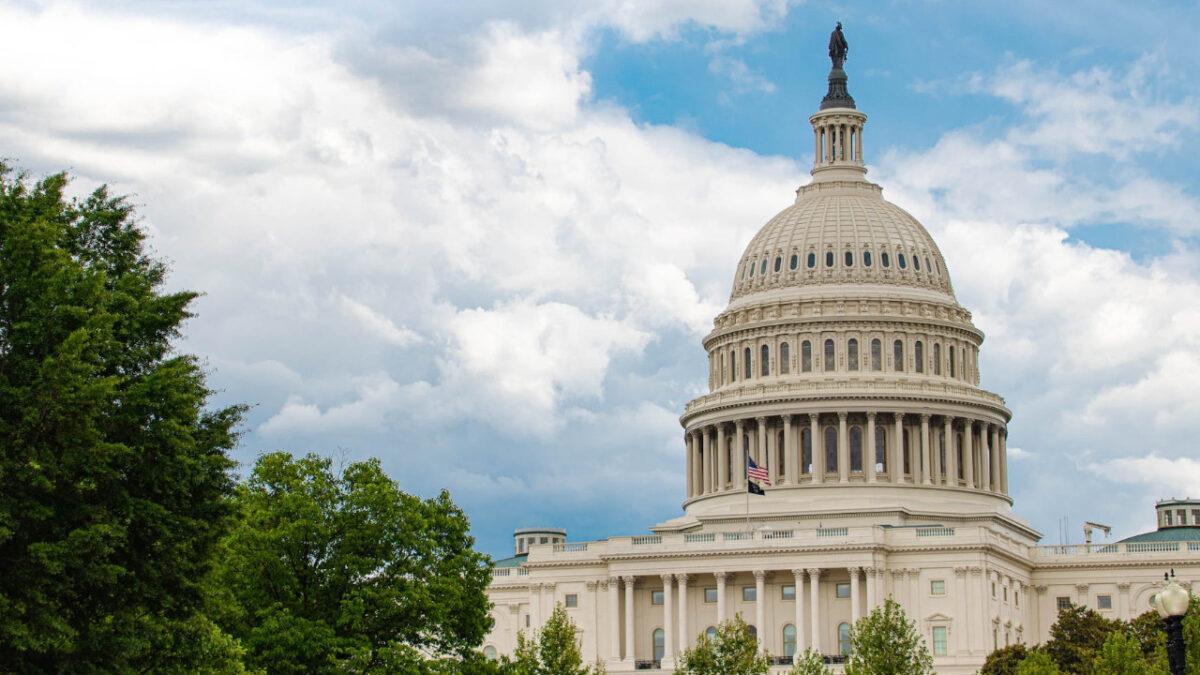Amid many pressing events—the Charlie Kirk shooting, the passing of President Russel M. Nelson, and the tragedy in Michigan—the ongoing government shutdown hasn’t received the attention and explanation it deserves. I want to clarify what’s really happening with the shutdown, the Big Beautiful Bill, and how appropriation works.
What’s Causing the Shutdown?
The federal government has been shut down since October 1st due to a sharp conflict between congressional Democrats and Republicans. The main points of contention are healthcare subsidies and Medicaid cuts.
What About the Big Beautiful Bill?
You might wonder: since the Big Beautiful Bill, proposed by President Trump, was passed, why is the government still not funded? The answer lies in the difference between budget laws and funding laws.
The Big Beautiful Bill, officially known as H.R. 1 of 2025, was signed into law on July 4th after passing Congress and the Senate by a very narrow margin (51-50 in the Senate). This bill includes cuts to Medicaid, the Affordable Care Act (Obamacare), food assistance (SNAP), tribal funding, student loans, and it also proposes tax cuts.
However, H.R. 1 is a budget reconciliation bill, which means it changes mandatory spending and tax policies but does not provide funding for day-to-day government operations.
The Role of Appropriation Bills
Congress still holds the “power of the purse.” This means the Legislative Branch must pass appropriation bills to provide actual funding for government agencies and services.
In 2025, several appropriation bills were introduced by both Republicans and Democrats, but none have secured the majority needed to pass.
Even though Republicans hold the majority in both the House and the Senate, passing legislation requires more than just simple majority support in practice.
Here’s why: the House and Senate each draft their own appropriation bills, which must then be reconciled before going to the President.
In 2025, the House passed an appropriation bill, H.R. 5371, to fund the government temporarily and sent it to the Senate. While a simple majority of 50 votes is needed to pass it in the Senate, the bill never made it to a vote on the floor. This happened because Senate Democrats used a filibuster—a procedural move that blocks legislation unless 60 senators vote to end debate and proceed.
With the Senate composed of 53 Republicans, 45 Democrats, and 2 Independents, the filibuster prevented the appropriation bill from advancing.
What I find disingenuous is the fact that the Democrats use the excuse of healthcare subsidies and Medicaid cuts for their filibuster. These have been decided under the Big Beautiful Bill. That discussion took place. Those issues have been decided.
So, what happens during a shutdown? Why are some agencies still operating? How are these funded?
When Congress fails to pass an appropriation bill or a continuing resolution, the federal government loses legal authority to spend money. More specifically: 1. Non-essential federal operations are suspended; 2. Federal employees are furloughed; and 3. Public services are disrupted.
However, not the entire government is shut down. Essential services will continue. These include Air Traffic Control, Border Patrol, Military operations, Emergency medical care, and Federal prisons.
Additionally, there are mandatory spending programs, such as social security, Medicare and Medicaid, SNAP, and veterans’ benefits. And, the H.R.1 did not end them; it changed the level of funding.
And finally, there are free-funded agencies, which will continue to operate. These are the Post Office, the Transportation Security Administration, and even some park services.
Conclusion
Are you still worried about the shutdown? President Trump said that he could use this opportunity to further reduce the size of our government. That I wholeheartedly endorse. May this be the silver lining of the shutdown.



One reply on “Making Sense of Government Shutdown”
It’s a hard thing to realize how corrupt our government is! Please, please, DO NOT cave to the system and sell us off to the highest bidder! Stand firm and strong! Say NO to the Dems.
We have become to dependent on the government to “take care “of us! Let it stay shut down. It’s time for a “downsizing”!!